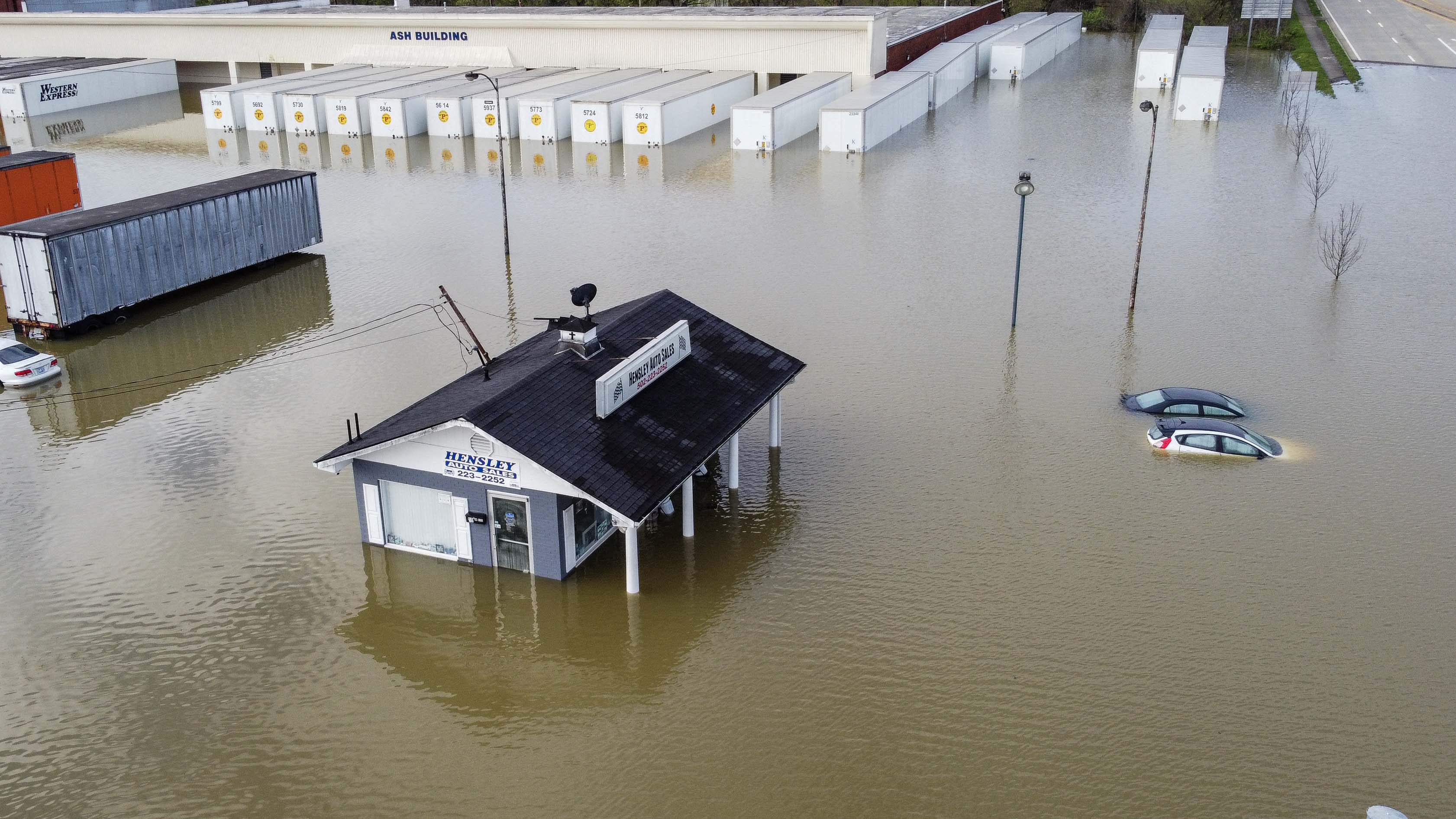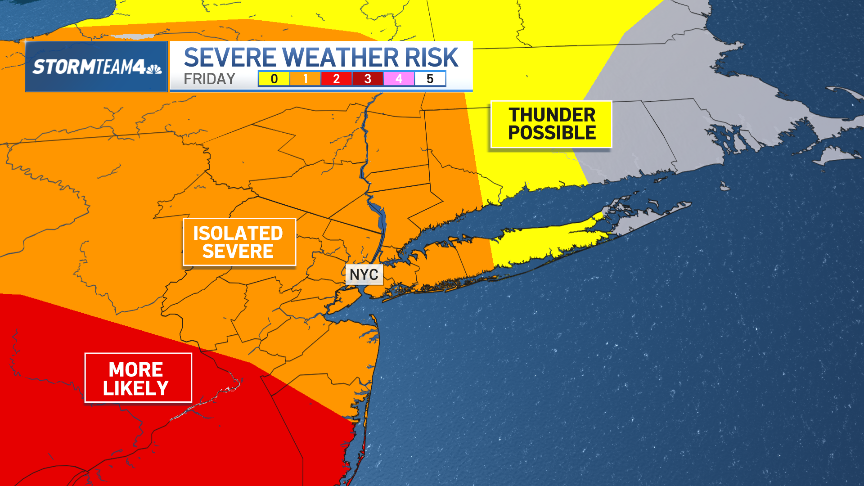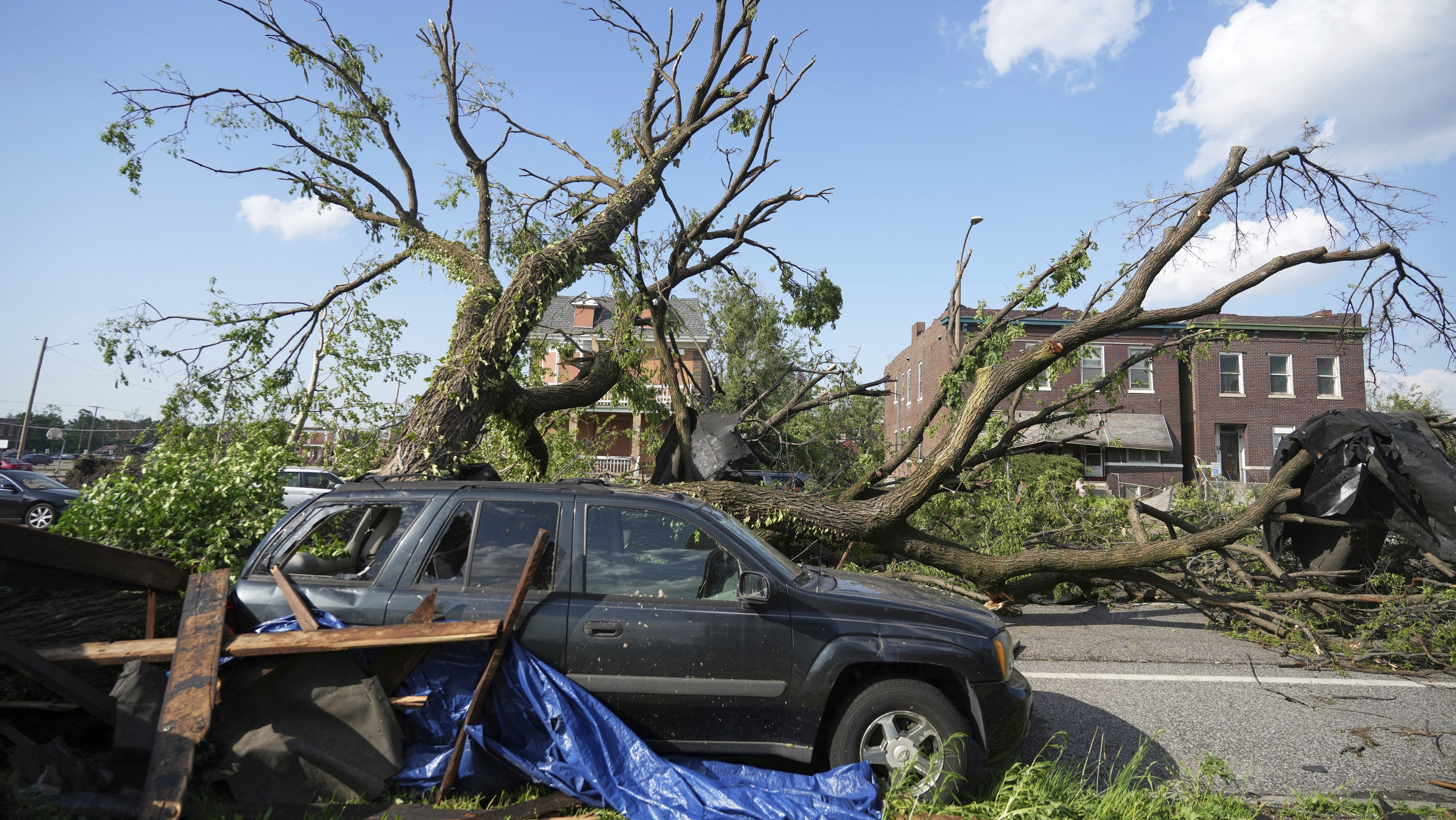Tri-State Under Thunderstorm Watch: Stay Safe!
Tri-State Under the Gun: Severe Thunderstorm Watch Issued!
Introduction: Brace Yourselves, Storms Are Brewing!
Hey there, folks! Looks like Mother Nature has a bit of a temper tantrum planned for the tri-state area this weekend. Showers and storms, some potentially packing a serious punch, are heading our way. Get ready for a stormy evening and overnight – it’s going to be a wild ride!
A severe thunderstorm watch has been issued for a large chunk of Connecticut, the upper Hudson Valley, and northern New Jersey until 11 p.m. tonight. This isn't just a little sprinkle; we're talking about the possibility of some serious weather.
Understanding the Thunderstorm Watch
What Does a Thunderstorm Watch Mean?
So, what does a thunderstorm watch actually *mean*? Think of it as a heads-up. It means that conditions are favorable for severe thunderstorms to develop in the specified area. It's like the universe whispering, "Hey, potential for trouble ahead, so keep an eye out!"
Where is the Watch in Effect?
Specifically, the severe thunderstorm watch covers most of Connecticut, encompassing areas like Hartford, New Haven, and Litchfield counties. It also extends into the upper Hudson Valley in New York, including counties like Dutchess and Ulster, and parts of Northern New Jersey. Check your local news for the most up-to-date and specific information for your location.
The I-95 Corridor: Ground Zero for Storm Activity?
The experts are saying that the highest concentration of these storms is likely to set up along and west of the I-95 corridor. If you're in this area, pay extra close attention to weather updates. This is where we're most likely to see strong winds, torrential downpours, and those electrifying lightning strikes. It's like the storm's preferred highway, unfortunately.
Potential Hazards: Wind, Rain, and Lightning, Oh My!
Strong Winds: Nature's Demolition Crew
We're not just talking about a gentle breeze here. These storms could bring strong, gusty winds capable of downing trees and power lines. Imagine the wind as a powerful, invisible hand, pushing and shoving everything in its path. Secure loose objects in your yard, like patio furniture and trash cans, before the storm hits.
Heavy Downpours: Flooding Concerns
Prepare for a deluge! The heavy downpours could lead to localized flooding, especially in low-lying areas. It's like the sky turning into a giant, leaky faucet. Be extra cautious when driving, and avoid areas prone to flooding. Remember the saying: "Turn around, don't drown!"
Abundant Lightning: A Shocking Display
Lightning is a beautiful, but incredibly dangerous, phenomenon. These storms are expected to bring a lot of it. Remember the 30/30 rule: If you can count 30 seconds or less between seeing lightning and hearing thunder, take shelter immediately. Stay indoors for at least 30 minutes after hearing the last clap of thunder. Think of lightning as nature's way of saying, "Stay inside, it's electrifyingly unsafe out here!"
Staying Safe During a Thunderstorm
Indoor Safety: Your Castle in the Storm
The best place to be during a thunderstorm is inside a sturdy building. Remember, a car is *not* a safe place. It's a metal box that attracts lightning. Stay away from windows and doors, and avoid contact with metal objects and electrical appliances. Unplug electronics if you can, but don't risk your safety to do so.
Outdoor Safety: When You Can't Get Inside
If you're caught outside during a thunderstorm, seek shelter in a low-lying area, but be aware of potential flooding. Crouch down with your head between your knees, minimizing your contact with the ground. Stay away from tall objects like trees, which can attract lightning. Think of it as playing a really intense game of weather hide-and-seek.
Preparing Your Home for the Storm
Securing Loose Objects: Prevent Flying Projectiles
Walk around your property and secure anything that could be blown away by strong winds, like patio furniture, garbage cans, and lawn decorations. These objects can become dangerous projectiles in high winds, causing damage and injury. Think of it as giving your yard a pre-storm "tidy up."
Checking Your Gutters and Drains: Prevent Water Damage
Make sure your gutters and drains are clear of debris to prevent water from backing up and potentially causing damage to your home. Clogged gutters can lead to water damage to your roof, siding, and foundation. It’s like giving your house a "raincoat check" to ensure it's ready for the downpour.
Power Outages: Prepare for the Dark
Power outages are a common occurrence during thunderstorms. Prepare for the possibility of losing power by having flashlights, batteries, and a battery-powered radio on hand. Consider investing in a generator if you live in an area prone to frequent power outages. Charge your cell phones and other electronic devices ahead of time.
Monitoring the Weather: Stay Informed
Local News Outlets: Your Weather Lifeline
Stay tuned to your local news outlets for the latest weather updates and warnings. They provide real-time information and can help you stay ahead of the storm. Think of them as your personal weather informants.
Weather Apps and Websites: Information at Your Fingertips
Download weather apps and bookmark weather websites on your phone and computer. These resources provide detailed weather information, including radar imagery, forecasts, and alerts. It's like having a pocket-sized weather expert with you at all times.
The Aftermath: Assessing the Damage and Recovery
Inspecting Your Property: Looking for Damage
After the storm passes, carefully inspect your property for any damage. Look for downed trees, power lines, and damage to your roof, siding, and windows. Be especially cautious around downed power lines, as they can be extremely dangerous. Think of it as giving your property a post-storm "check-up."
Reporting Damage: Filing Insurance Claims
If you experience any damage to your property, document it with photos and videos and report it to your insurance company as soon as possible. They can help you assess the damage and file a claim for repairs. It's like calling in the professionals to help you get back on your feet.
Helping Your Neighbors: Community Support
Check on your neighbors, especially those who are elderly or have disabilities, to see if they need any help. Community support is crucial during times of crisis. It's like lending a helping hand to those who need it most.
The Science Behind Thunderstorms: A Quick Look
How Thunderstorms Form: Warm Air and Moisture
Thunderstorms form when warm, moist air rises into the atmosphere. As the air rises, it cools and condenses, forming clouds. If there's enough instability in the atmosphere, these clouds can develop into towering cumulonimbus clouds, which are the hallmark of thunderstorms. Think of it like a recipe: warm air, moisture, and instability are the key ingredients.
The Role of Lightning: Static Electricity in the Sky
Lightning is a discharge of static electricity that builds up in thunderstorm clouds. The exact mechanism is still not fully understood, but it's believed that ice crystals and water droplets collide in the clouds, creating a separation of charge. When the electrical potential becomes strong enough, a spark jumps between the clouds or between the clouds and the ground. It's like a giant, natural Van de Graaff generator in the sky.
Conclusion: Stay Alert, Stay Safe
Alright folks, that’s the rundown! A severe thunderstorm watch is in effect for the tri-state area, bringing the potential for strong winds, heavy downpours, and abundant lightning. Stay informed, take precautions, and most importantly, stay safe. Keep an eye on the sky, listen to your local news, and be prepared for a potentially stormy evening and overnight. Remember, it's always better to be safe than sorry when it comes to severe weather. Be prepared to take action if the thunderstorm watch turns into a thunderstorm warning.
Frequently Asked Questions (FAQs)
- What's the difference between a thunderstorm watch and a thunderstorm warning? A watch means conditions are favorable for thunderstorms to develop. A warning means a thunderstorm is already occurring and poses a threat to life and property.
- Is it safe to take a shower during a thunderstorm? No. Avoid contact with water during a thunderstorm, as pipes can conduct electricity.
- Should I unplug my electronics during a thunderstorm? Yes, it's a good idea to unplug electronics to protect them from power surges caused by lightning strikes.
- What should I do if I see a downed power line? Stay away from it and call your local utility company immediately. Downed power lines can be extremely dangerous.
- How can I prepare my pet for a thunderstorm? Provide a safe, quiet space for your pet to retreat to during the storm. Some pets may benefit from anxiety-reducing products or medications.







